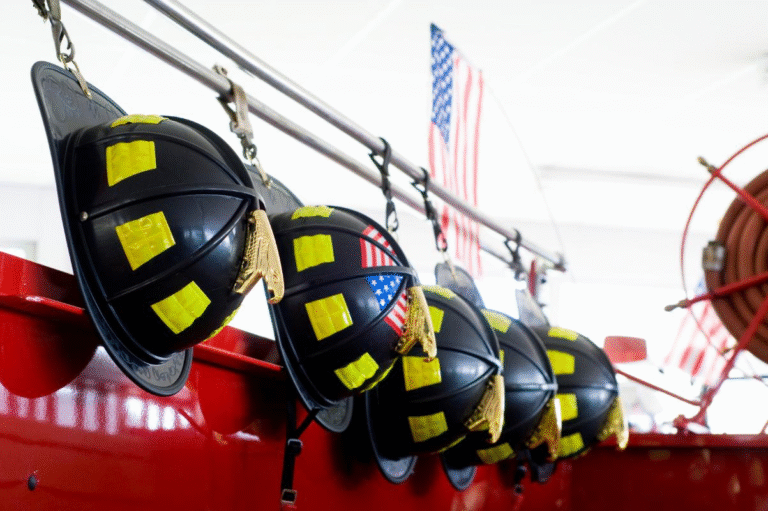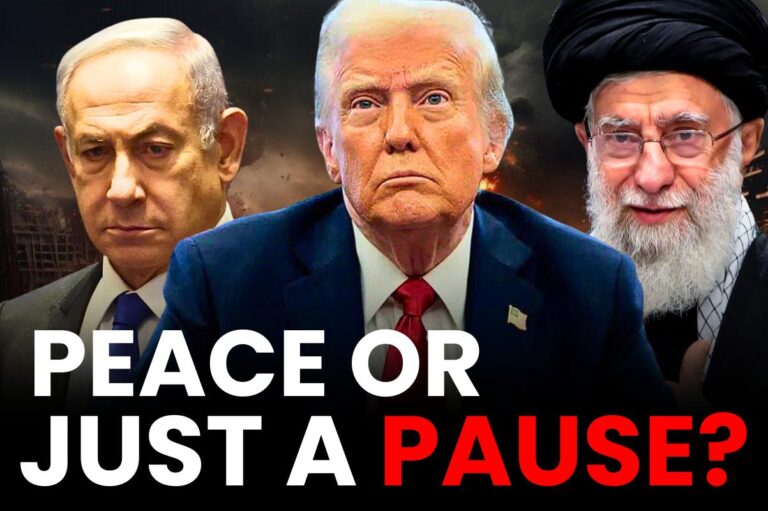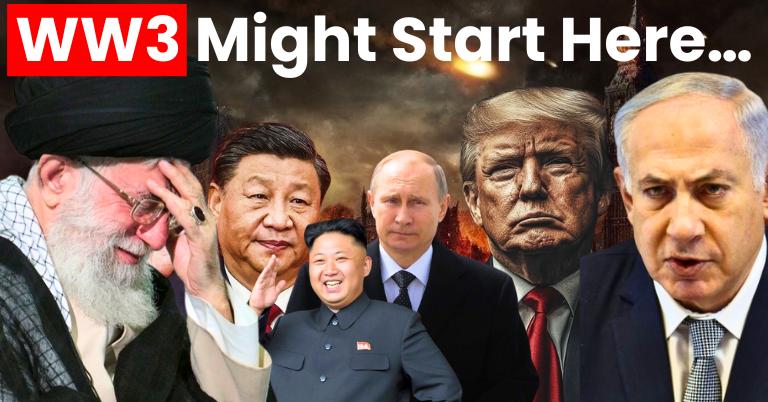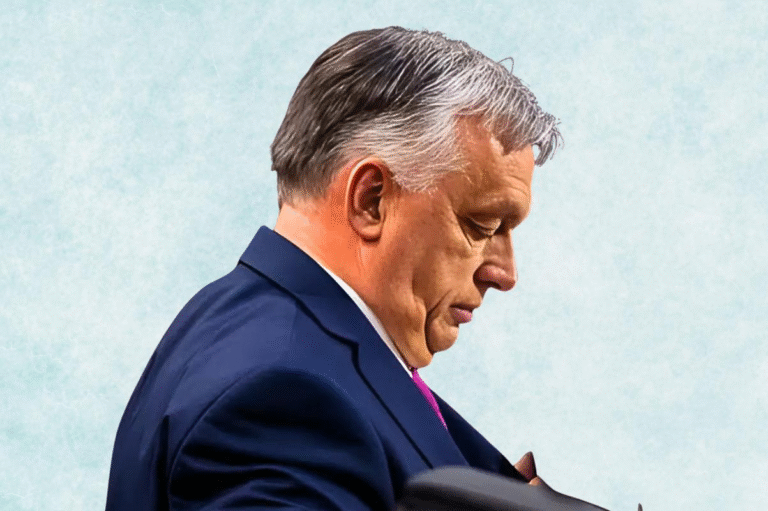Mass Protests Against Trump Erupt Nationwide During Military Parade
As President Trump presided over a grand military parade commemorating the Army’s 250th anniversary and his 79th birthday, widespread protests erupted across the nation. These protests, organized under the banners “No Kings” and mass protests against trump drew attention to concerns about authoritarianism and the politicization of the US military. This article explores the significance of these protests for democracy and examines the reasons behind their timing with the military parade.
Why the “No Kings” Protests Targeted Trump’s Military Parade
The grassroots 50501 Movement spearheaded the “No Kings” protests, which took place in over 2,000 locations across the nation. They strategically timed these protests to coincide with Trump’s parade in Washington, D.C. The protesters aimed to demonstrate that patriotism doesn’t necessitate unwavering support for an authoritarian government.
50501 Movement Leads Unified Resistance
The name “50501” signifies “50 protests, 50 states, 1 movement.” Since February 2025, the group has organized several large-scale protests, particularly on Presidents Day and in April, attracting millions of people to oppose Trump’s policies.
Who Showed Up and What They Said
Across the United States, crowds varied in size, ranging from tens of thousands in New York City to smaller but more enthusiastic groups in Connecticut and other states.
- Around 50,000 attended peaceful rallies in Queens, Brooklyn, and Manhattan, with only eight arrests reported nypost.com.
- Thousands of people gathered in over 30 towns across Connecticut, with a significant presence in Hartford, where 7,000 individuals participated. The gathering was attended by speakers who delivered passionate speeches condemning threats to civil liberties.
- In Los Angeles, some confrontations occurred, leading to the use of tear gas by the police. In Atlanta, crowd-control measures were employed.
Participants carried signs that expressed their deep apprehension about executive power, such as “Defending democracy is not a spectator sport,” “No Kings,” and “Real Americans fight fascism.”
Also read, Trump Pushes NATO Defense Hike Amid Iran Tensions.
Protesters Raise Key Concerns
The mass protests focused on several thematic worries-
- Many view the military parade as a symbol of power consolidation, as it is seen as a manifestation of authoritarianism.
- Federal deployments in cities like Los Angeles during deportation protests fueled fears of domestic militarization, raising concerns about the erosion of civil liberties.
- Protesters are sounding the alarm about the potential erosion of democratic checks and balances if the president gains excessive power.
Veterans, immigrants, activists, and elected officials, including Connecticut’s Lt. Governor and senators, expressed these sentiments.
Military Parade vs. Civilian Protest – A National Divide
Trump’s Supporters Embrace the Spectacle
In Washington, over 6,000 soldiers, tanks, historical reenactments, and flyovers composed a dramatic parade that supporters celebrated as a display of national pride.
Critics See Symbols of Power Politics
Critics of the military parade expressed concerns that it blurred patriotic tradition with political theater. Protests argued that using the military in a grand, highly publicized display, especially centered around a sitting president, risks normalizing authoritarian pageantry. The fact that the parade was held on Donald Trump’s 79th birthday intensified these concerns, as opponents suggested it appeared more like a personal tribute than a national event. They warned that such displays could set a dangerous precedent by politicizing the military and using national institutions to elevate individual leaders over democratic values.
The Broader Implications of Mass Protests
These protests, one of the largest single-day, synchronized demonstrations in modern U.S. history, involved millions of participants across all 50 states. Organized under the 50501 Movement, they represented a growing resistance to former President Trump’s policies and leadership. Beyond a moment of unrest, they demonstrate a sustained commitment to defending democratic principles, civil liberties, and institutional integrity. The movement’s persistence and scale suggest a new era in American civic life, where grassroots mobilization shapes the national dialogue.
Conclusion
The stark division in the country is evident in the large-scale demonstrations against Trump’s military parade. Critics condemned the show of military pride as a harbinger of authoritarianism, while supporters celebrated it. The “No Kings” movement and the demonstrations led by 50501 serve as a powerful reminder of the public’s unwavering commitment to democratic principles and civil liberties, even in the face of potential overreach.






